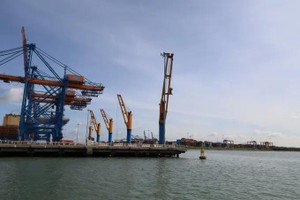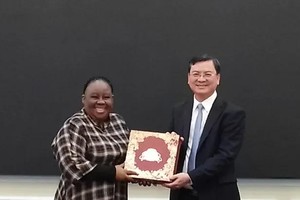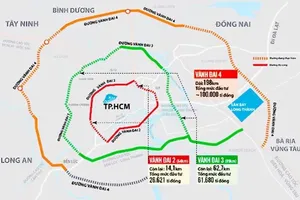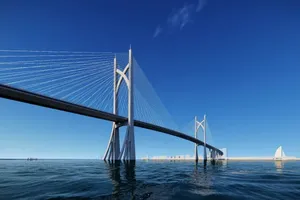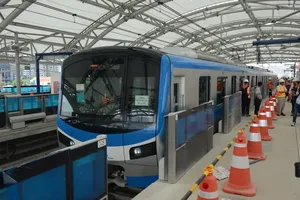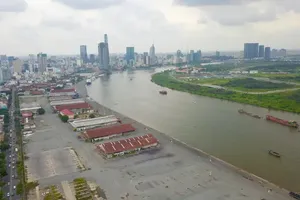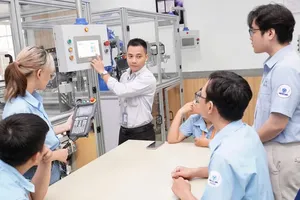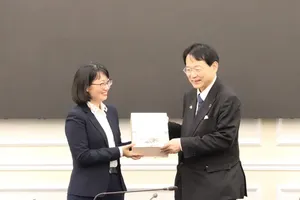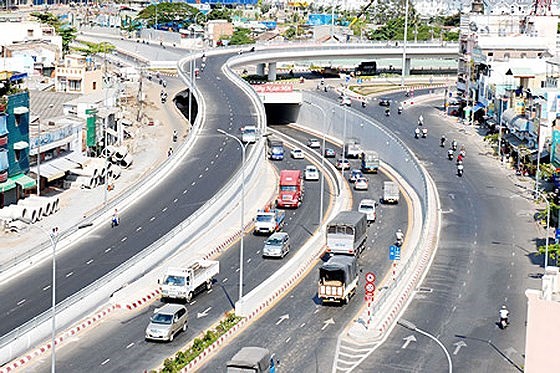
Ho Chi Minh City battles growing traffic congestion, municipal authorities are considering a range of measures to improve transportation in the bustling city of over 13 million inhabitants.
Accordingly, these agencies must carry out measures to curb personal vehicles and raise the number of passengers for public transportation system in roads and waterways.
Mr. Phong stressed that the city must reduce at least 5 percent of traffic accidents, death and injuries. Additionally, the city set a target to limit the duration of traffic jam to less than 30 minutes and ease traffic gridlock as well as focus on sidewalk clearance.
Deputy head of the city’s Department of transport Tran Quang Lam said that as of April 4, the city had new 97.6 kilometer roads out of 272 kilometer and 32 newly-built bridges.
The rate of land for transportation in the southern metropolis currently is 8.85 percent while public transportation just meets 9,5 percent of travelling demand.
Despite decreased traffic congestions, the quantity of accident cases, deaths and injuries has just reduced 5 percent compared to the year before.
Mr. Lam said state budget reserving for traffic infrastructure development is rather low , just around 35 percent compared to the reality.
Worse, implementation of project especially investment projects of public transportation is very sluggish. In addition to difficulties in calling for investment in the field, spending on site clearance is very huge accounting for half of investment. Plus, it takes a lot of time on paper formalities.
Therefore, Mr. Lam petitioned the Party Committee ordered party units, local administrations, Fatherland Front committees and entire machinery of state to synchronously implement seven ‘solution groups,’ consisting of a total of 160 specific tasks, to ease congestions.
One of them is that HCMC seeks investment capital in the remaining of the period 2018 – 2020 with estimated expenditure of VND284,210 billion ($12.4 million) to carry out projects in the program.
Moreover, the amount will be used for investing in public transportation means by 2020 with the goal of 5,525 vehicles including 4,306 buses and 1,219 school buses. Along with this, local administrators need to increase information of obeying traffic regulations and urban orders.



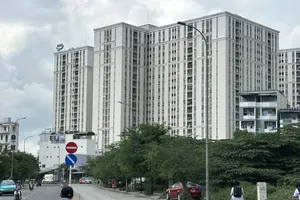
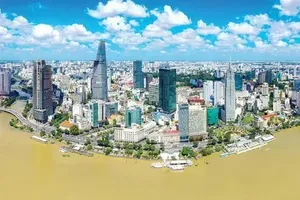

)

